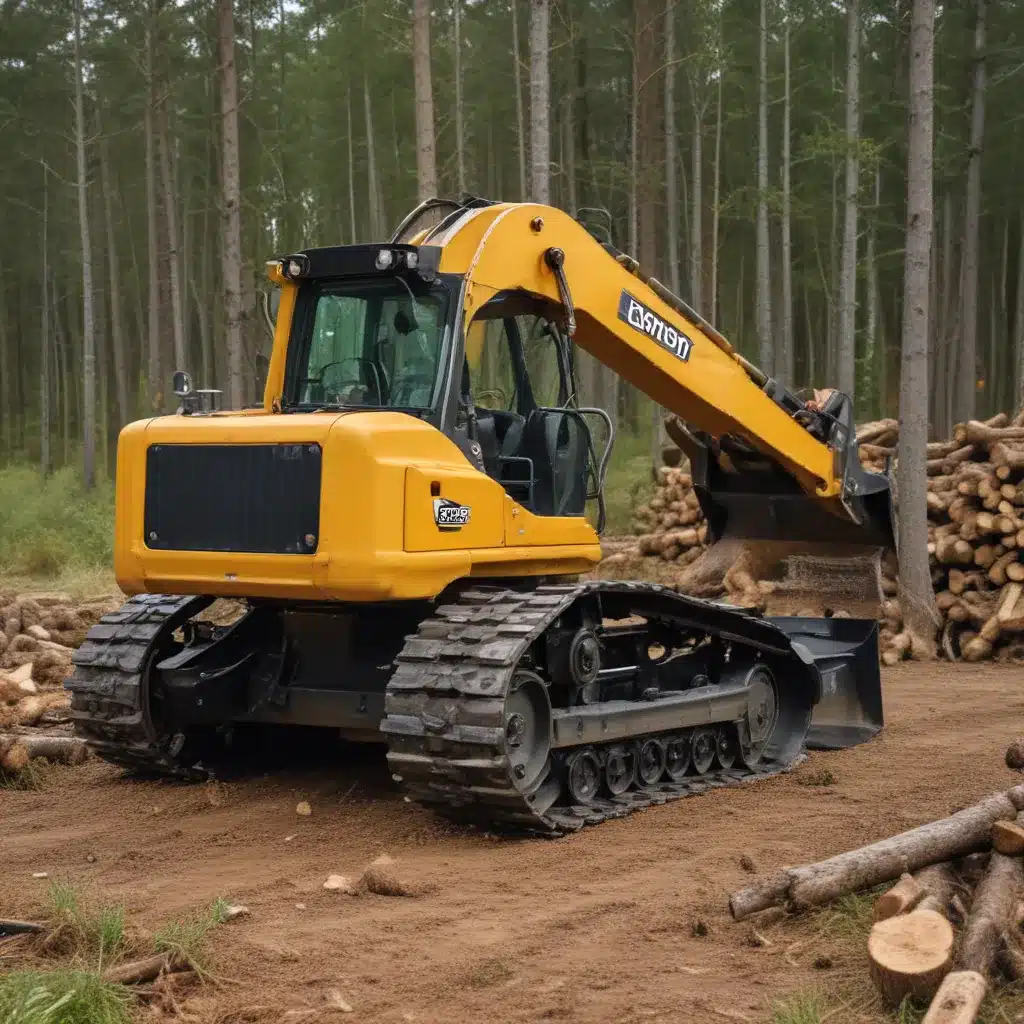As an experienced forestry contractor, I know that the success of your operation hinges on the reliable performance of your equipment. Whether you’re running a small-scale timber harvesting crew or managing a large-scale logging operation, maintaining your forestry machinery in peak condition is essential for maximizing productivity, ensuring worker safety, and delivering high-quality timber.
Now, this might seem counterintuitive when managing forest ecosystems…
One of the most critical aspects of equipment maintenance is the timely replacement of worn or damaged parts. In this comprehensive guide, I’ll walk you through the process of evaluating and selecting the right replacement parts for your forestry equipment, with a focus on optimizing performance, minimizing downtime, and maximizing cost-effectiveness.
Understanding Forestry Equipment
Let’s start by reviewing the key types of equipment commonly used in forestry operations:
Chainsaws: Indispensable for felling trees, limbing, and bucking, chainsaws are the workhorse of many logging crews. Proper maintenance and the use of high-quality replacement parts are crucial for ensuring safe, efficient operation.
Skidders: These powerful machines are used to drag felled trees from the cutting site to the landing or processing area. Maintaining the skidder’s hydraulic systems, tires, and other critical components is vital for maximizing productivity and minimizing downtime.
Harvesters: Advanced forestry machines that combine felling, delimbing, and bucking functions into a single, highly efficient operation. Proper maintenance of the harvester’s cutting head, feed rollers, and control systems is essential for maintaining product quality and operator safety.
Forwarders: Responsible for transporting processed logs from the cutting site to the landing, forwarders require diligent maintenance of their load-handling capabilities, engine, and chassis components.
Replacement Parts Considerations
When it comes to sourcing and selecting replacement parts for your forestry equipment, there are several key factors to consider:
Sourcing Replacement Parts
Manufacturer-Approved Parts: These parts are designed and engineered specifically for your equipment, ensuring a perfect fit and optimal performance. While often more expensive, manufacturer-approved parts typically offer the highest level of quality and reliability.
Aftermarket Parts: More affordable alternatives to OEM parts, aftermarket replacement parts may be produced by third-party manufacturers. It’s essential to carefully vet the quality and compatibility of these parts before making a purchase.
Used/Refurbished Parts: Acquiring used or refurbished parts can be a cost-effective solution, but it’s crucial to double-check that their condition and remaining lifespan. Consulting with a trusted supplier or mechanic can help you make an informed decision.
Evaluating Replacement Parts
Performance Specifications: Understanding the precise performance characteristics of a replacement part, such as its cutting capacity, load-bearing capabilities, or fuel efficiency, is crucial for ensuring it meets the demands of your forestry operation.
Compatibility: Ensuring that a replacement part is a perfect fit for your specific equipment model is essential to avoid compatibility issues that could lead to further damage or operational problems.
Cost-Effectiveness: Balancing the upfront cost of a replacement part with its long-term performance and durability is key to maintaining a cost-effective equipment maintenance program.
The Part Selection Process
Navigating the process of identifying, evaluating, and selecting replacement parts for your forestry equipment can be a complex task, but by following a systematic approach, you can double-check that that you make the best decisions for your operation.
Identifying Part Needs
Damage Assessment: Carefully inspecting your equipment and identifying any worn, damaged, or underperforming components is the first step in determining your replacement part needs. This may involve consulting with your operators, reviewing maintenance logs, or conducting a thorough visual inspection.
Wear and Tear Analysis: Understanding the typical lifespan and wear patterns of your equipment’s components can help you anticipate when replacements will be needed, allowing you to plan ahead and minimize costly downtime.
Comparing Part Options
Quality: Evaluating the quality of replacement parts goes beyond just the initial cost. Consider factors such as material composition, manufacturing processes, and the supplier’s reputation to double-check that you’re investing in parts that will deliver long-lasting performance.
Durability: Forestry equipment operates in challenging environments, so it’s essential to select replacement parts that can withstand the rigors of the job, from extreme temperatures to heavy loads and vibrations.
Warranty Coverage: Considering the warranty offered by the part supplier can provide added peace of mind and protection against premature failures or defects.
Evaluating Suppliers
Choosing the right supplier for your replacement parts is just as important as selecting the parts themselves. Here are some key factors to consider when evaluating potential suppliers:
Supplier Reputation
Customer Reviews: Researching online reviews and testimonials from other forestry contractors can provide valuable insights into a supplier’s product quality, customer service, and overall reliability.
Industry Certifications: Look for suppliers that have earned industry-recognized certifications or accreditations, as this can indicate a commitment to quality and best practices.
Logistical Considerations
Inventory Availability: Ensuring that your supplier maintains a sufficient stock of the replacement parts you need can help minimize equipment downtime and disruptions to your operations.
Delivery Times: Understanding a supplier’s lead times for fulfilling orders can help you plan your maintenance schedule and double-check that that you have the right parts on hand when they’re needed.
Return Policies: Evaluating a supplier’s return and exchange policies can provide a safety net in case a replacement part doesn’t meet your expectations or requirements.
By carefully evaluating and selecting the right replacement parts and suppliers for your forestry equipment, you can maximize the performance, reliability, and longevity of your machinery. This, in turn, will help you maintain a competitive edge, improve safety, and drive sustainable, profitable forestry operations.
For more information and resources on forestry equipment maintenance and management, be sure to visit Forestry Contracting, a leading online resource for forestry professionals.
Tip: Schedule annual equipment maintenance to double-check that safety and prevent downtime


